A palace of power, beauty, and intrigue
Discover how the Doge’s Palace shaped centuries of Venetian history.
Table of Contents
Origins of the Doge’s Palace
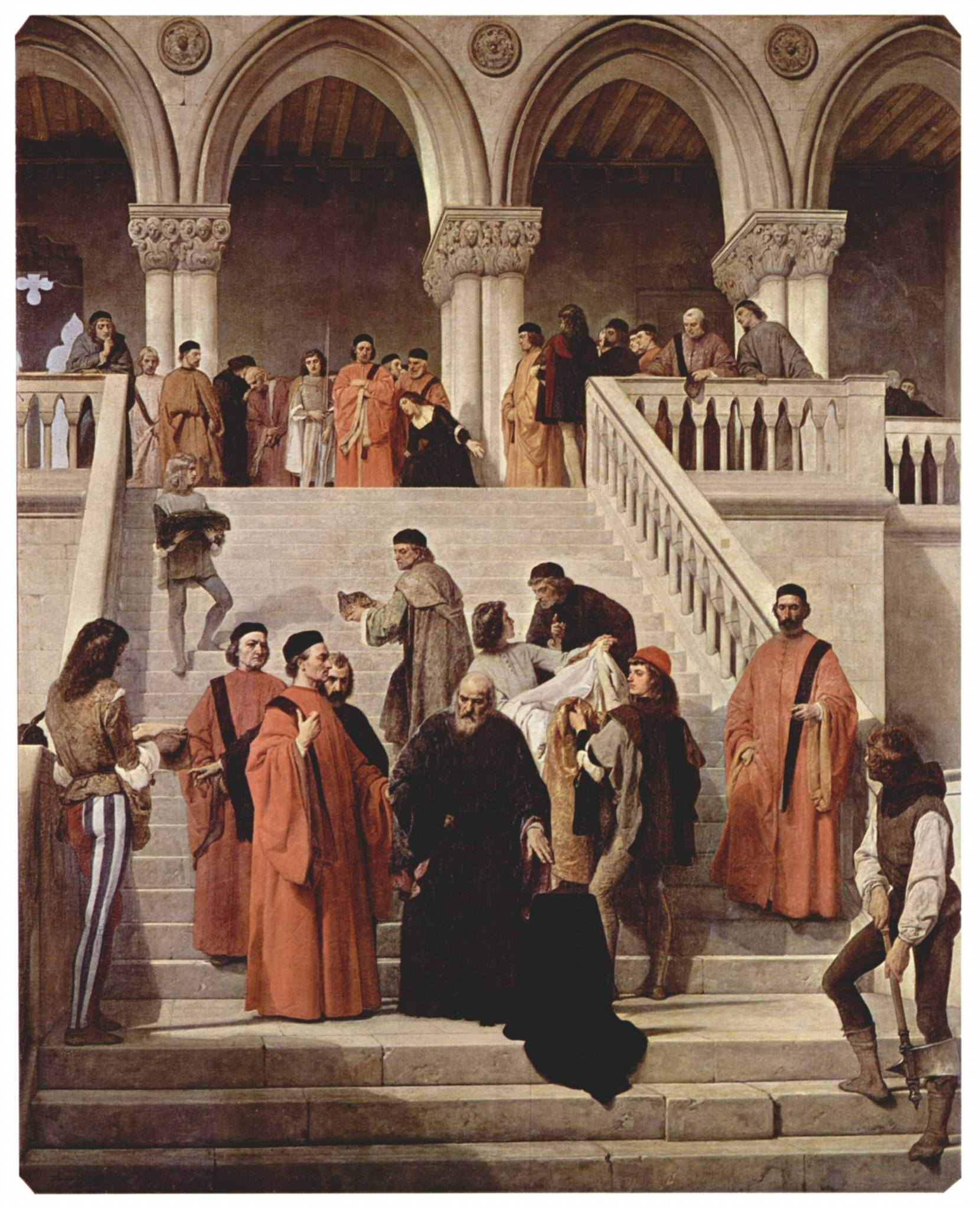
The palace dates back to the 14th century, built as the seat of the Venetian Republic’s government and the Doge’s residence.
Its pink Verona marble façade and Gothic arches quickly became a symbol of Venice’s wealth and style.
Architecture & design

The palace combines Gothic, Renaissance and Byzantine influences, reflecting Venice’s role as a crossroads of cultures.
Inside, gilded ceilings, marble staircases and vast frescoes showcase the Republic’s grandeur.
Government halls & chambers
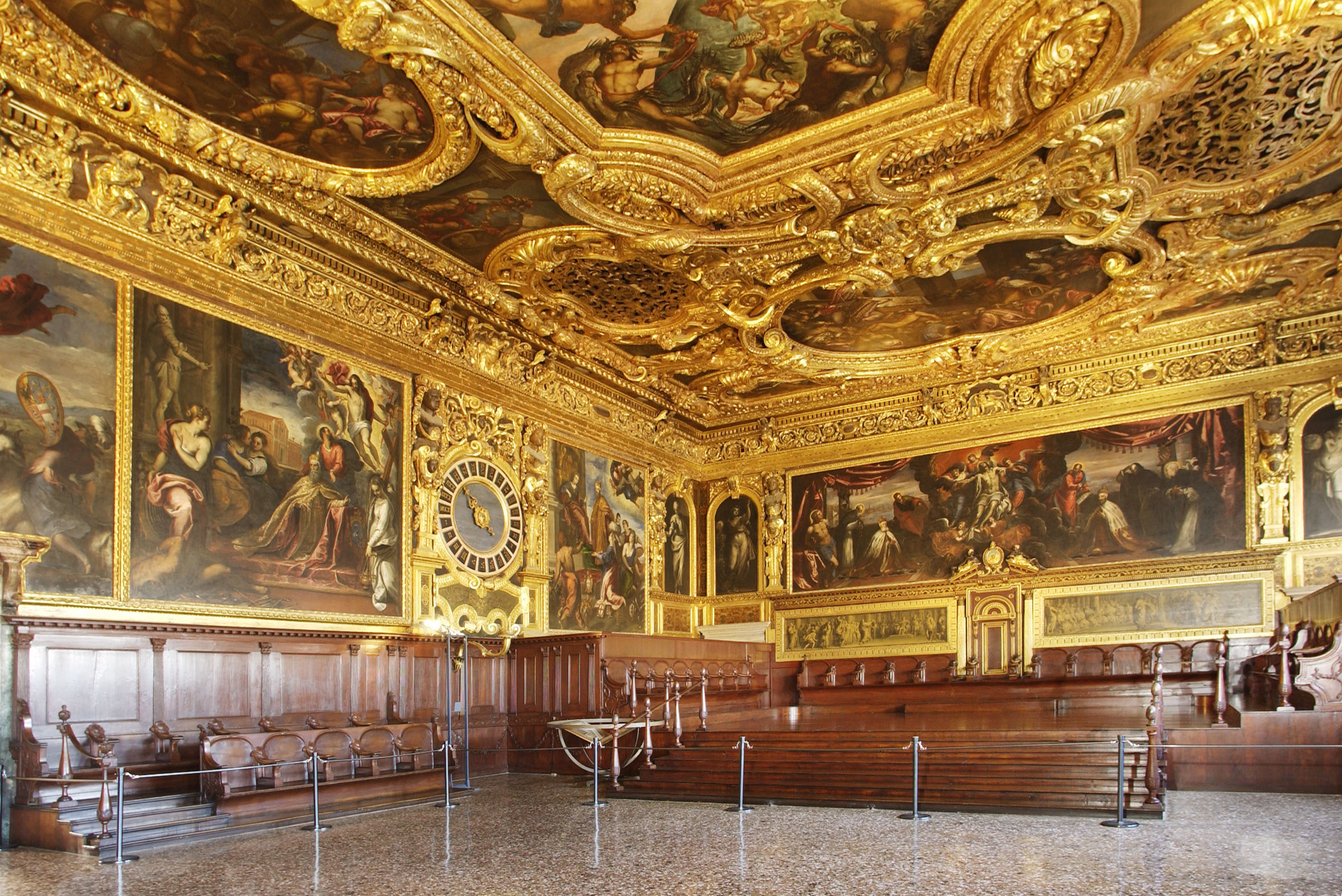
The heart of Venetian politics once beat here — in the Great Council Chamber where nobles debated the fate of the Republic.
Nearby rooms housed the Senate, the Doge’s offices, and the judicial courts of Venice.
Artistic masterpieces
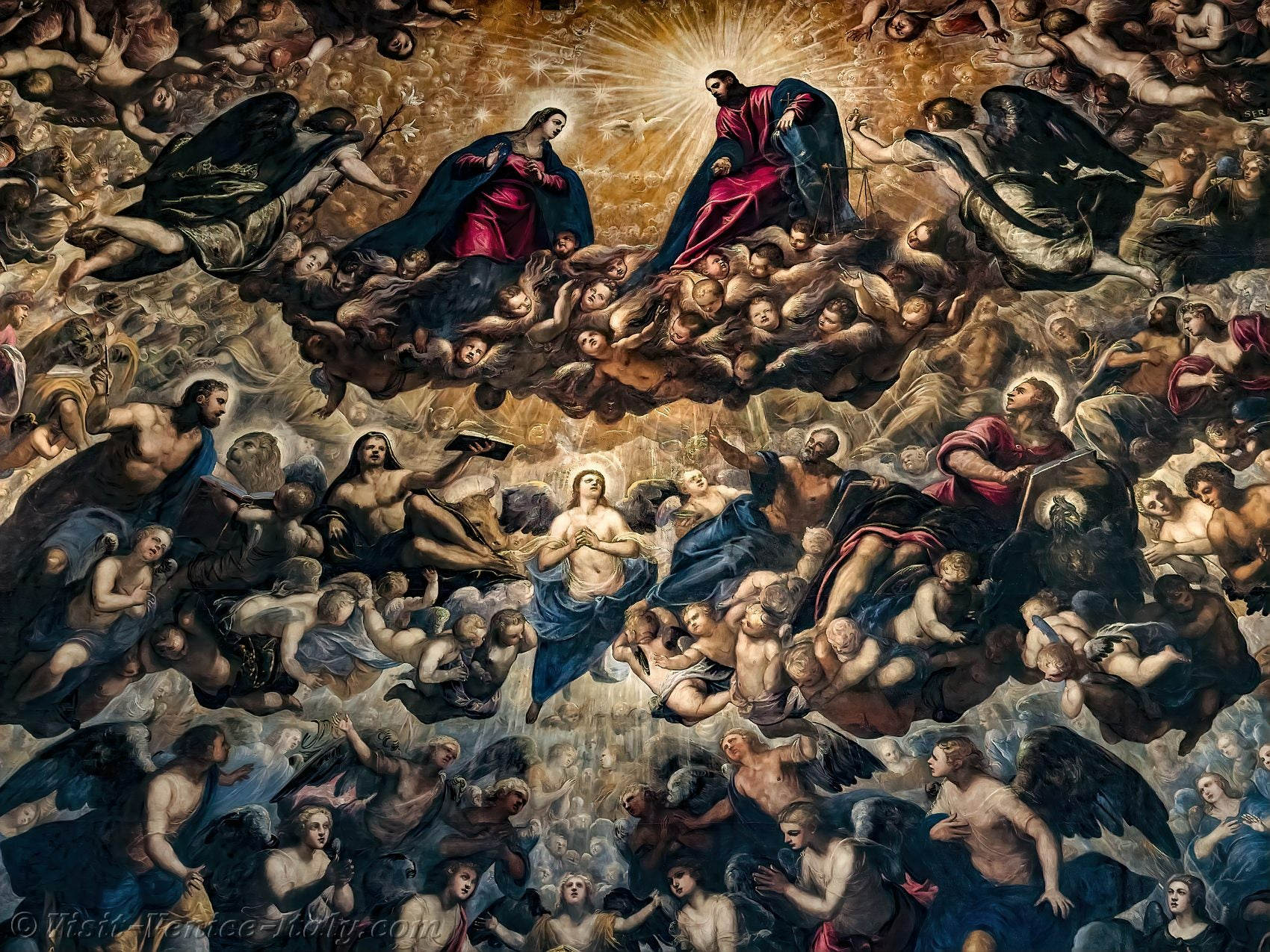
The walls are covered with frescoes and paintings by Titian, Tintoretto, and Veronese — capturing Venice’s glory and legends.
Don’t miss Tintoretto’s enormous ‘Paradise’, a breathtaking work dominating the Great Council Hall.
The Bridge of Sighs & prisons

This enclosed bridge connected the courtrooms to the prisons across the canal — where prisoners caught their last glimpse of Venice.
Its melancholy beauty still captures the imagination of visitors today.
Secret itineraries
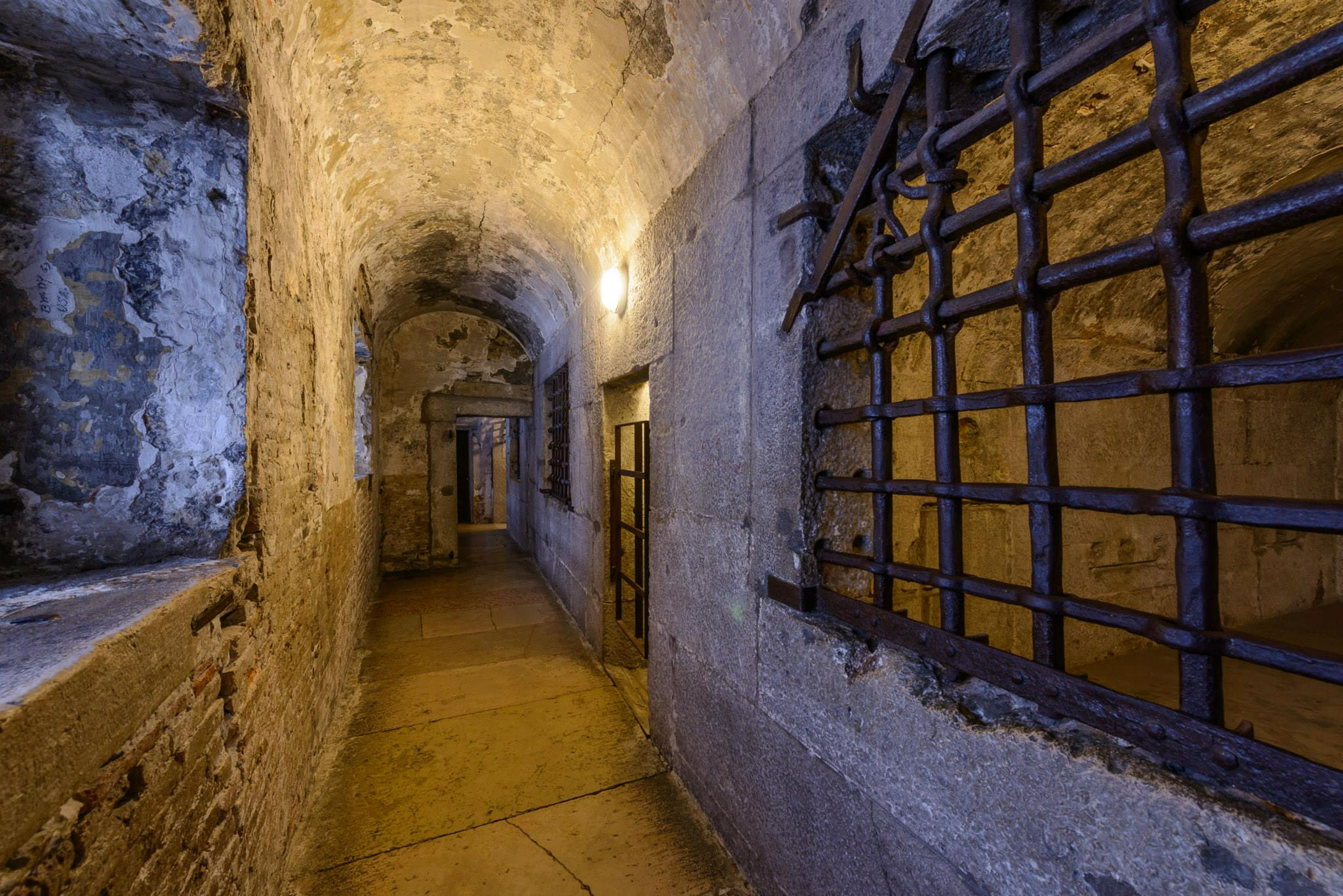
The Secret Itineraries Tour reveals hidden offices, archives and torture chambers used by the Venetian Inquisition.
It’s an unforgettable peek into the city’s mysterious past, far from the public halls.
Venetian rulers & ceremonies
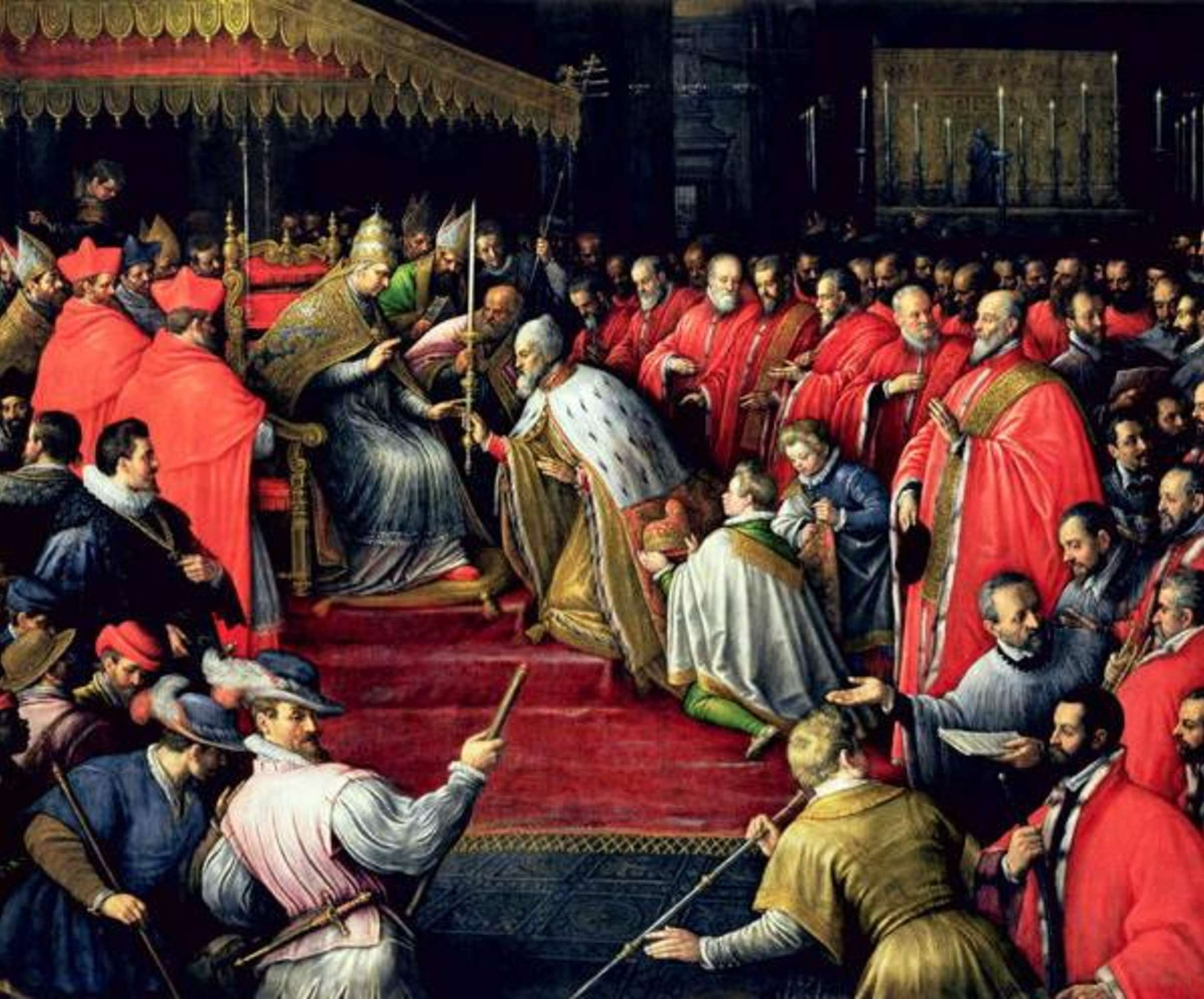
The Doge was Venice’s elected leader, and the palace hosted elaborate ceremonies marking major state events.
Every fresco and column reflects the Republic’s political philosophy of balance and spectacle.
Safety & accessibility

Elevators and ramps connect most main areas, though some older sections have stairs or narrow passages.
For safety, entry may be paused during exceptionally high tides or maintenance work.
In films and culture

The palace has appeared in many films and novels, from period dramas to art documentaries.
Its grand halls and lagoon views make it one of Venice’s most cinematic settings.
Tickets & booking

Book tickets online to skip queues and select your preferred entry time.
Combination passes include nearby museums like the Correr Museum and the Biblioteca Marciana.
Restoration & preservation
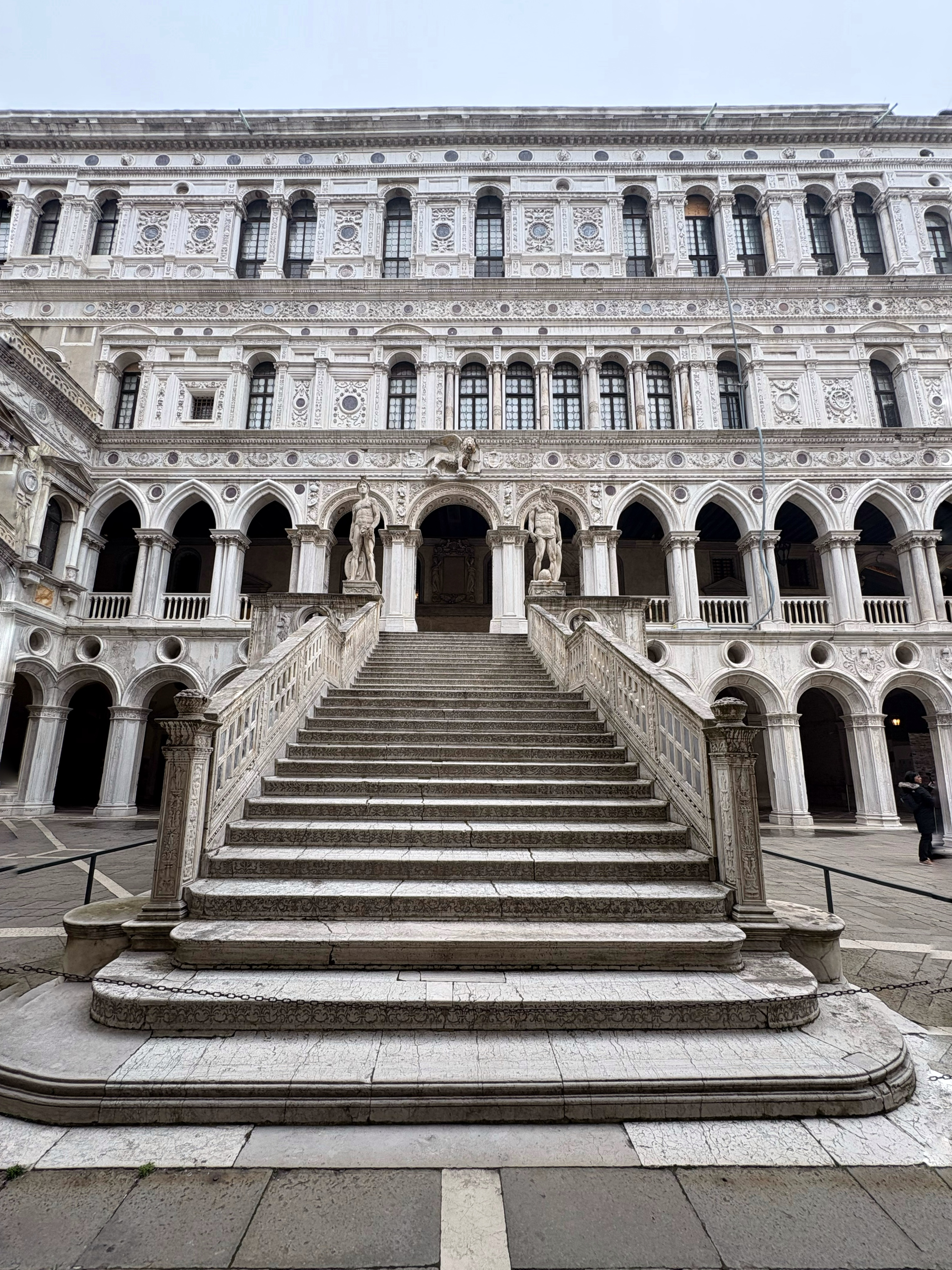
Ongoing restoration protects the palace’s frescoes and stonework from humidity and lagoon air.
Every visit helps support its preservation for future generations.
Nearby Venice highlights
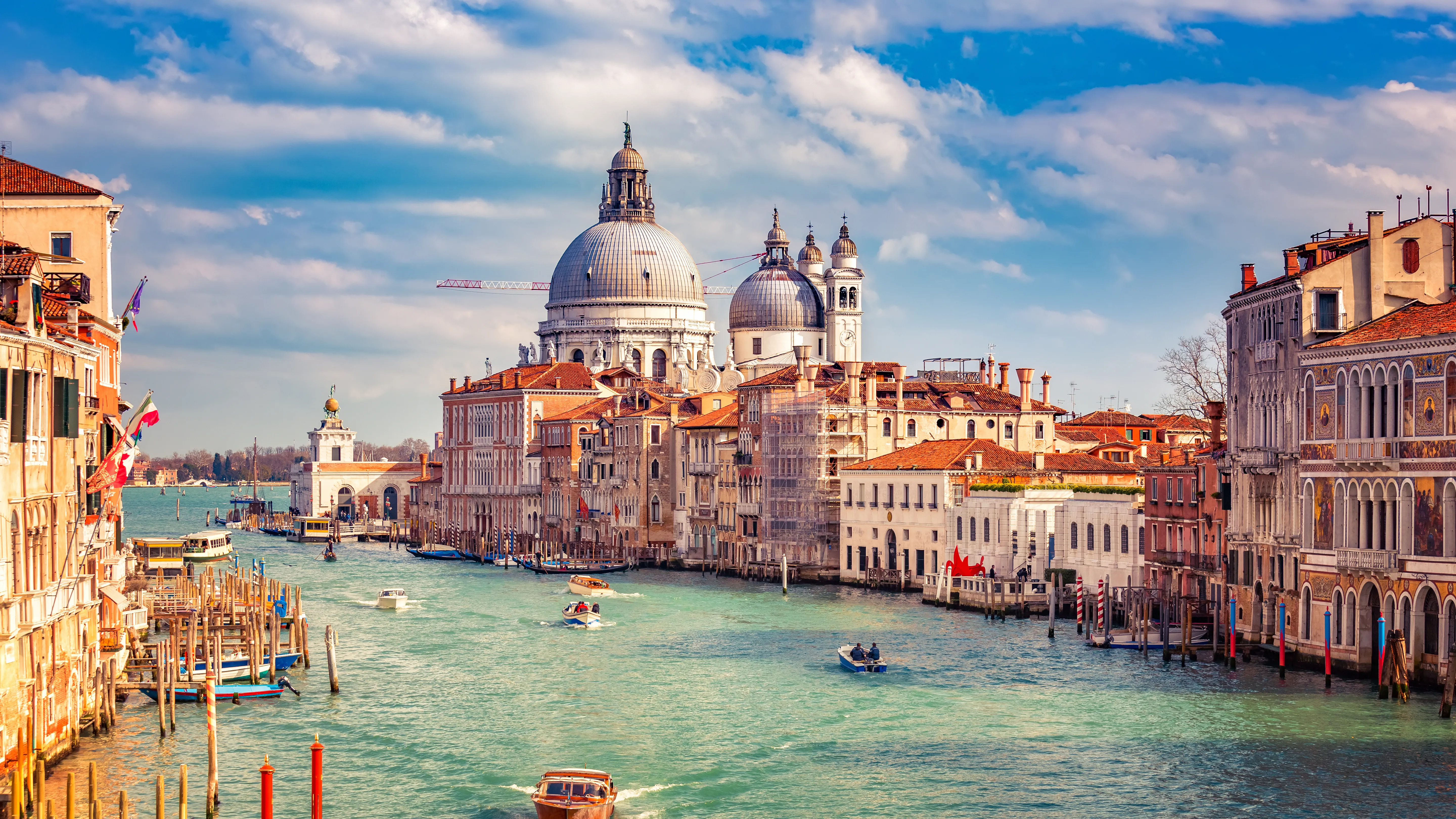
Step outside to St. Mark’s Basilica, the Campanile bell tower, and the lagoon promenade.
Nearby cafés, gondola rides and boutiques complete a perfect Venetian day.
Cultural importance

The Doge’s Palace embodies Venice’s golden age — where politics, art, and architecture intertwined.
It remains a living symbol of the city’s spirit and creative brilliance.